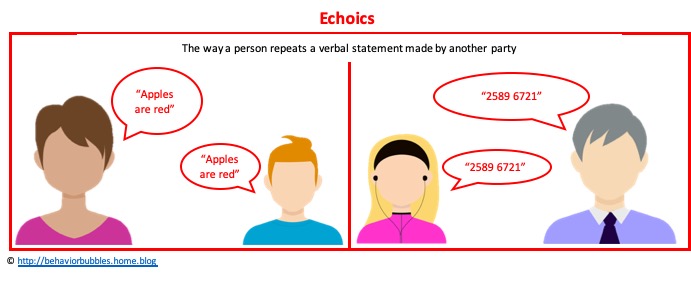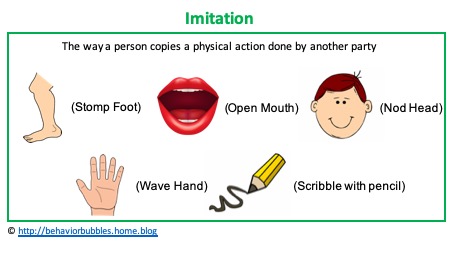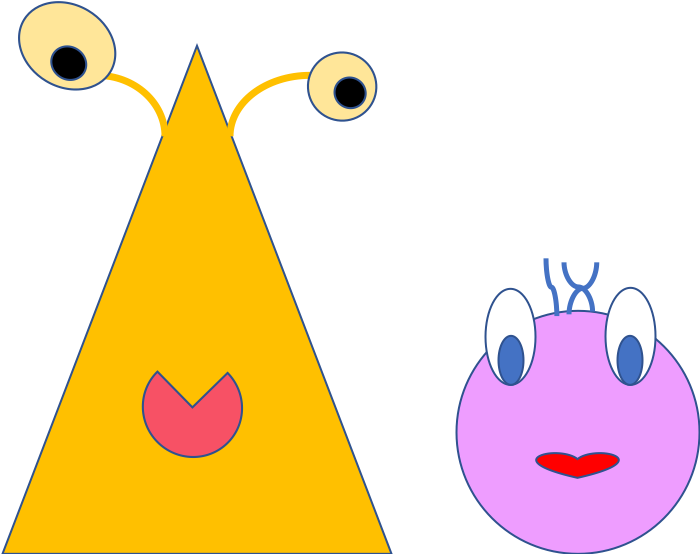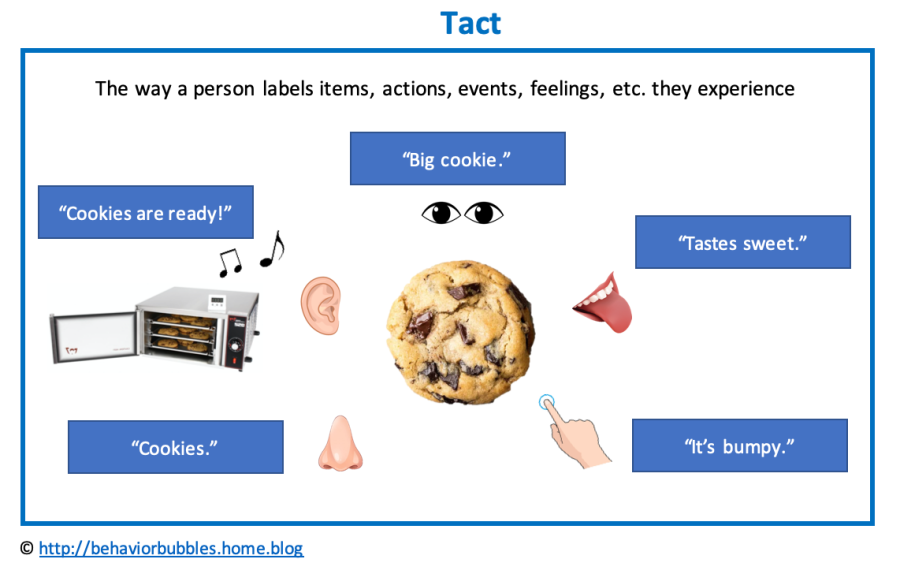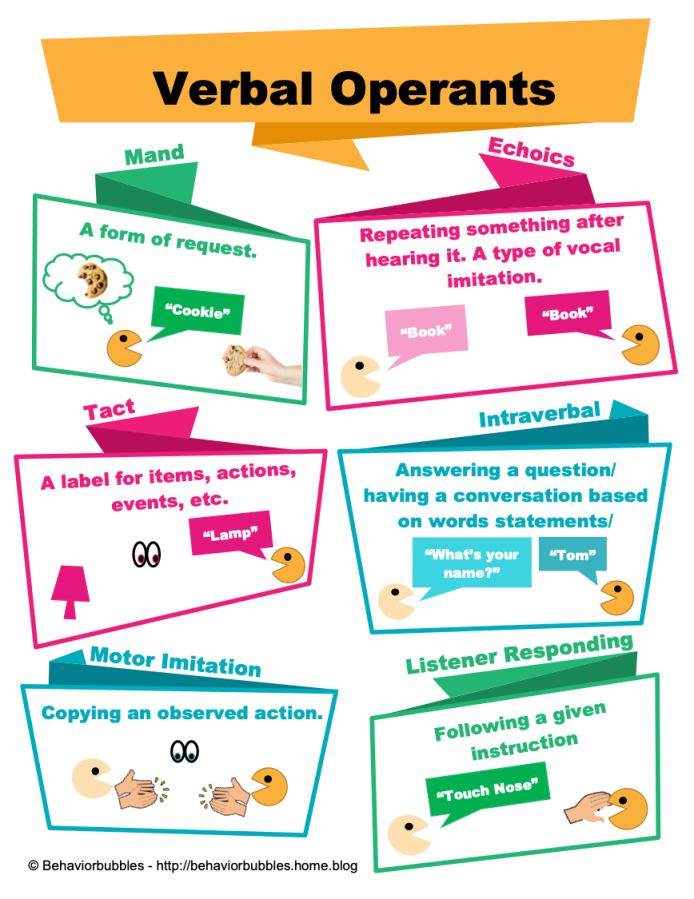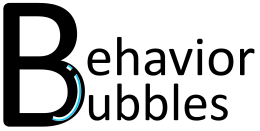What is ABA?Many studies have shown that Applied Behavior Analysis (ABA) is one of the most empirically validated treatments for individuals with autism (Larsson, 2012; Schreck & Miller, 2010). ABA is a science that helps us understand how learning occurs. It looks at how behavior works and can be modified according to what occurs in… Continue reading Applied Behavior Analysis (ABA)
Category: Applied Behavior Analysis
Echoics
According to Cooper, Heron & Heward (2007), an echoic is a verbal operant that occurs when a speaker repeats the verbal behaviour of another speaker”. In order to define it as an “echoic”, it is important for the response to: (1) match the sound/statement exactly; and (2) resemble the format (i.e. verbal with verbal). For… Continue reading Echoics
Imitation
According to Cooper, Heron & Heward (2007), imitation is defined as a physical movement serving as a model with the behaviour occurring immediately (i.e. 3 to 5 seconds) following the model. Both the model and the behaviour must match the format shown (i.e. physical with physical, object with object). A learner can imitate a variety… Continue reading Imitation
Importance of Tacts
Why teach tacts? Tacts (a.k.a. labels) are a way to build up a child’s vocabulary. Teaching more tacts allows a child to learn more words to be able to better express themselves. Thinking about our day to day life, we use a combination of nouns, prepositions, adjectives, adverbs, actions (and more) whilst communicating with our… Continue reading Importance of Tacts
Tact / Label
According to Cooper, Heron & Heward (2007), a “tact is a type of verbal operant in which a speaker names things and actions that the speaker has direct contact with through any of the sense modes.”. As such, a tact is a label that allows one to communicate and express themselves using language (e.g. learner… Continue reading Tact / Label
Contriving Mands
Why teach mands?A mand is the most fundamental building block of language. When babies are born, they mand by crying to express their needs (i.e. milk, sleep, comfort, etc.). Should a child continue to rely on crying to mand as they get older, parents will have to continue guessing what the child is crying for.… Continue reading Contriving Mands
Mands/ Requests
According to Cooper, Heron & Heward (2007), a “mand is a type of verbal operant in which a speaker asks for (or states, demands, implies, etc.) what he needs or wants.”. As such, a mand is a behavior that directly specifies what the speaker wishes to attain, allowing the speaker to attain direct reinforcement for… Continue reading Mands/ Requests
Verbal Operants
Some common terms used by ABA professionals consist of verbal operants. In this post, we will look at the following operants: Mand, Tact, Echoics, Intraverbals, Motor Imitation, & Listener Responding. MandThe learner making a request for something they want.Example: Should the learner want a cookie, they can Mand for the cookie by stating (1) “cookie”;… Continue reading Verbal Operants
Type of Reinforcers
Reinforcers are items or activities utilised to increase the future likelihood of behavior. Reinforcers fall into 2 domains. These would be ‘Primary Reinforcers’ and ‘Secondary Reinforcers’. Primary Reinforcers ‘aka’ Unconditioned ReinforcersThese serve as reinforcers naturally due to the biological needs of the learner (i.e. water, food, sleep, warmth, sex, etc.). Secondary Reinforcers ‘aka’ Conditioned ReinforcersThese… Continue reading Type of Reinforcers
Stimulus Equivalence
Stimulus equivalence refers to a learner picking up additional relations between stimuli not explicitly taught to them after they are taught simple relations between stimuli (Arntzen & Vaidya, 2008). This concept allows the learner to learn more in a shorter amount of time by allowing the client to derive/ “self-learn” different concepts independently without teaching… Continue reading Stimulus Equivalence

